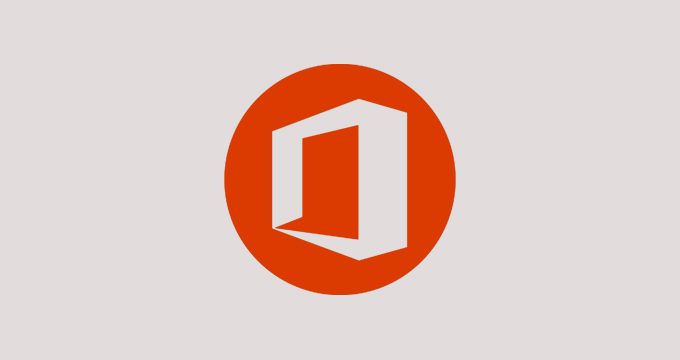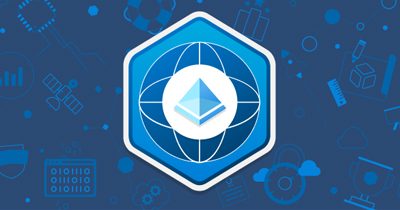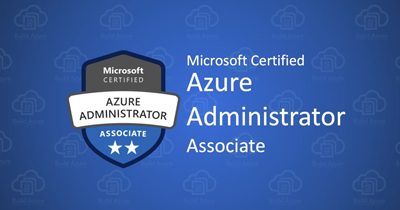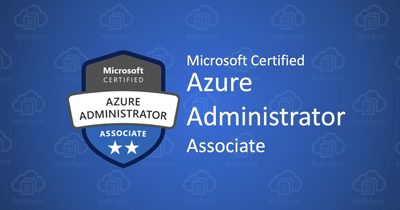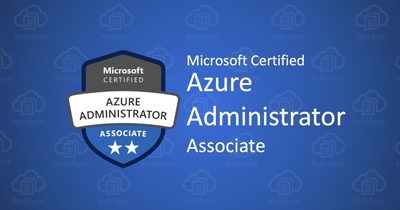It Includes
- 6 Days training program
- Live Virtual Training
- Learn on any PC/Mobile/Tablet
- Unlimited Doubt Sessions
- Online Labs (if applicable)
- Official Courseware & Kits
- Get Recording after session
- Get Certificate of Completion
- Mock Tests & Exam Preps
- Classroom Training (Optional)
Training 2 or more people?
Get a custom quote for group training, Onsite & classroom options.
Request a QuoteCourse Overview
COURSE OBJECTIVE
SWITCH v2.0, course, includes major updates and follows an updated blueprint. (However, note that this course does not cover all items listed on the blueprint.) Some older topics have been removed or simplified, while several new IPv6 routing topics have been added. The course content has been adapted to Cisco IOS Software Release 15 and technically updated.
The goal of the course is to build upon the knowledge and skills from CCNA Routing and Switching and help you expand competencies to plan, implement, and monitor a scalable routing network.
Who Should Attend?
Learners who aim to be network professionals and who have knowledge that is obtained from Cisco CCNA courses
Pre-requisites
- Required: Configuring devices for SNMP, Syslog, and NetFlow access Managing Cisco device configurations, Cisco IOS images, and licenses
- Required: Describing network fundamentals and manage network device security
- Required: Establishing Internet/WAN connectivity, troubleshooting IP connectivity, configuring/ troubleshooting EIGRP and OSPF (IPv4 and IPv6)
- Required: Operating a medium-sized LAN with multiple switches, supporting VLANs, trunking, and spanning tree
- Recommended: Interconnecting Cisco Networking Devices, Part 1 v 3.0 - ICND1 (Entry)
- Recommended: Interconnecting Cisco Networking Devices, Part 2 v3.0 - ICND2 (Associate)
- Recommended: Routing & Switching (ICND1 and ICND2) v3.0 Prep Boot Camp - CCNAX (Associate)
Course Outline
-
Basic Concepts and Network Design
- Analyzing Campus Network Structure
- Hierarchical Network Design
- Layers in the Hierarchical Model
- Building Cisco Enterprise Campus Architecture
- Access Layer
- Distribution Layer
- Core Layer
- Is a Core Layer Needed?
- Types of Cisco Switches
- Routed vs. Switched Campus Architecture
- Comparing Layer 2 and Multilayer Switches
- Layer 2 Switch Operation
- Multilayer Switch Operation
- Frame Rewrite
- CAM and TCAM
- Distributed Hardware Forwarding
- Cisco Switching Methods
- Route Caching
- Topology-Based Switching
- Using Cisco SDM Templates
- What Are SDM Templates?
- SDM Template Types
- Changing the SDM Template
- Choosing the Correct Template
- Implementing LLDP
- LLDP Introduction
- Enabling LLDP
- Discovering Neighbors Using LLDP
- Implementing PoE
- The Need for PoE
- PoE Components
- PoE Standards
- PoE Negotiation
- Configuring and Verifying PoE
-
Campus Network Architecture
- Implementing VLANs and Trunks
- The Native VLAN
- Switch Port Mode Interactions
- Deploying VLANs
- End-to-End vs. Local VLANs
- Voice VLAN Overview
- Voice VLAN Configuration
- Switch Configuration for Wireless Network Support
- Introducing VTP
- The Role of VTP
- VTP Modes
- VTP Versions
- Default VTP Configuration
- Overwriting VTP Configuration
- VTP Configuration Recommendation
- Implementing DHCP
- DHCP Overview
- DHCP Relay
- DHCP Options
- Implementing DHCP for IPv6
- Stateless Autoconfiguration Overview
- DHCPv6 Overview
- DHCPv6 Operation
- Stateless DHCPv6 Overview
- DHCPv6 Relay Agent
- Configuring Layer 2 Port Aggregation
- The Need for EtherChannel
- EtherChannel Mode Interactions
- Layer 2 EtherChannel Configuration Guidelines
- EtherChannel Load-Balancing Options
- EtherChannel Load-Balancing Operation
- EtherChannel Guard
-
Spanning Tree Implementation
- Implementing RSTP
- STP Overview
- STP Standards
- STP Operation
- Bridge Protocol Data Units
- Root Bridge Election
- Root Port Election
- Designated Port Election
- STP Port States
- Per VLAN Spanning Tree
- RSTP Port Roles
- Comparison of RSTP and STP Port States
- STP Topology Changes
- RSTP Topology Changes
- RSTP Link Types
- Implementing STP Stability Mechanisms
- Cisco STP Toolkit
- UplinkFast
- BackboneFast
- PortFast
- Securing a PortFast Interface with BPDU guard
- Disabling STP with BPDU filter
- The Problem with Unidirectional Links
- Loop Guard Overview
- Loop Guard Configuration
- Loop Guard Verification
- UDLD Overview
- UDLD Configuration
- Comparing Loop Guard with UDLD
- UDLD Recommended Practices
- STP Stability Mechanism Recommendations
- Flex Links
- Implementing MST
- Introducing MST
- MST Regions
- STP Instances with MST
- Extended System ID for MST
- Configuring MST Path Cost
- Configuring MST Port Priority
- MST Protocol Migration
- MST Recommended Practices
-
Inter-VLAN Routing
- Implementing Inter-VLAN Routing Using a Router
- Inter-VLAN Routing Using an External Router
- External Router: Advantages and Disadvantages
- Configuring a Switch to Route
- Switch Virtual Interfaces
- Routed Switch Ports
- SVI autostate exclude Command
- SVI Configuration Checklist
- Layer 2 EtherChannel vs. Layer 3 EtherChannel
- Layer 3 EtherChannel Configuration
-
High-Availability Networks
- Configuring Network Time Protocol
- The Need for Accurate Time
- Configuring the System Clock Manually
- Network Time Protocol
- NTP Modes
- Securing NTP
- NTP Source Address
- NTP Versions
- NTP in an IPv6 Environment
- Simple Network Time Protocol
- SNTP Configuration
- Implementing SNMP Version 3
- SNMP Overview
- SNMP Versions
- SNMP Recommendations
- SNMPv3 Configuration
- Verifying the SNMPv3 Configuration
- Implementing the Cisco IOS IP SLA
- Cisco IOS IP SLA Introduction
- IP SLA Source and Responder
- IP SLA Operation with Responder
- IP SLA Responder Time Stamps
- Configuring Authentication for the IP SLA
- Configuration Example: UDP Jitter
- Implementing Port Mirroring for Monitoring Support
- What Is SPAN?
- SPAN Terminology
- Remote SPAN
- Local SPAN Configuration
- Verifying the Local SPAN Configuration
- RSPAN Configuration
- Verifying the RSPAN Configuration
- Verifying Switch Virtualization
- The Need for Logical Switching Architectures
- What Is StackWise?
- StackWise Benefits
- Verifying StackWise
- Redundant Switch Supervisors
- Supervisor Redundancy Modes
- What Is VSS?
- VSS Benefits
- Verifying VSS
-
First Hop Redundancy Protocol Implementation
- Configuring Layer 3 Redundancy with HSRP
- The Need for First-Hop Redundancy
- The Idea Behind the First-Hop Redundancy Process
- HSRP State Transition
- HSRP and STP
- Load Sharing with HSRP
- The Need for Interface Tracking with HSRP
- HSRP Interface Tracking
- HSRP and Object Tracking
- HSRP Authentication
- HSRP Timers
- HSRP Versions
- Configuring Layer 3 Redundancy with VRRP
- About VRRP
- Tracking and VRRP
- VRRP Interface-Tracking Configuration
- Configuring Layer 3 Redundancy with GLBP
- Introducing GLBP
- GLBP vs. HSRP
- GLBP States
- GLBP Load-Balancing Options
- GLBP Authentication
- GLBP and STP
- Tracking and GLBP
- Configuring First Hop Redundancy Protocol for IPv6
- IPv6 Native First-Hop Redundancy
- Why FHRP in IPv6?
- HSRP for IPv6
- GLBP for IPv6
-
Campus Network Security
- Implementing Port Security
- Overview of Switch Security Issues
- Recommended Practices for Switch Security
- Unauthorized Access by Rogue Devices
- Switch Attack Categories
- MAC Flooding Attack
- Introducing Port Security
- Port Error Conditions
- Error-Disabled Port Automatic Recovery
- Port Access Lists
- Configure Port Access Lists
- Implementing Storm Control
- Storm Control
- Configuring Storm Control
- Verifying Storm Control Behavior
- Implementing Access to External Authentication
- AAA Framework Overview
- Benefits of AAA Usage
- Authentication Options
- RADIUS and TACACS+
- Enabling AAA and Configuring a Local User for Fallback
- Configuring RADIUS for Console and vty Access
- Configuring TACACS+ for Console and vty Access
- Configuring Authorization and Accounting
- Limitations of TACACS+ and RADIUS
- Identity-Based Networking
- IEEE 802.1X Port-Based Authentication
- IEEE 802.1X Configuration Checklist
- Mitigating Spoofing Attacks
- DHCP Spoofing Attacks
- DHCP Snooping
- DHCP Snooping Configuration
- IP Source Guard
- IP Source Guard Configuration
- ARP Spoofing
- Dynamic ARP Inspection
- DAI Configuration
- Securing VLAN Trunks
- Switch Spoofing
- Protecting Against Switch Spoofing
- VLAN Hopping
- Protecting Against VLAN Hopping
- VLAN Access Lists
- VACL Interaction with ACL and PACL
- Configuring VACLs
- Configuring PVLANs
- The Need for PVLANs
- Introduction to PVLANs
- PVLAN Port Types
- PVLAN Configuration
- PVLAN Verification
- PVLANs Across Multiple Switches
- Protected Port Feature
Vendor

Frequently Asked Questions
-
How does Live Training works?
Live training, also known as online training, is a method of delivering training in real-time over the internet. The trainer and the trainees are connected through video conferencing software, allowing for interactive communication and collaboration. During live training, the trainer can present materials, lead discussions, answer questions, and engage with the trainees in real-time. -
Does Learnfly offer Classroom & Onsite training as well?
Yes. We Do! We do offer classroom, onsite, group sessions & 1 on 1 training for selective courses. Contact our support team and our team will assist you with the process. -
Do you provide certification and exam assistance?
Yes! We provide assistance in scheduling & preparing for your exam after a successful training completion. Once you successfully pass your exam, you will be awarded with a certification. -
What if I miss my scheduled class or want to reschedule?
No worries. You can simply request for the next date as per your availability. -
Can I change the trainer if not satisfied?
We only provide highly qualified and certified trainers with 100% satisfaction rate. However, if you are not satisfied with the trainer, you can request for a free replacement. -
Do I get a lab access with the course?
Yes! If your training require a lab access, then it will be included in the price. -
Is Learnfly accredited?
Yes! Learnfly is accredited with many renowned vendors like Microsoft, ISACA, VMWare, PECB, EC Council. Cisco and many more. -
Are Learnfly Instructor's Certified?
Yes. We only provide training via Certified Instructors. -
Where is Learnfly Located?
Learnfly is a global training provider with locations in India, United States, United Kingdom, UAE, Australia & Africa. -
Does Learnfly offer after training support?
Yes. We offer 1 month free support after your training completion for any queries related to your course, examination etc. -
What is Learnfly Platform?
Learnfly Platform is an omnnichannel Learning Management System that allows you to access thousands of self paced courses, attend live classes, track certifications, access interactive quizzes & assignments, Online labs, connect with Instructors & do much more. Join the platform to know more. -
Do you offer a demo live session with an instructor?
Yes! If you need a demo session to get a feel of live training or to evaluate an instructor, then you can request for a 15 minutes free live session. Connect with our training team for more info. -
Can I get a refund if not satisfied?
All of our training comes with 30 days money back guarantee. Refunds are only applicable on instructor training. Exam, labs are non-refundable. -
How can I make a payment for my training?
We accept all major payment methods like debit/credit card, PayPal and Bank Wire transfer. For bank transfer, please contact us at support@learnfly.com -
How can i get started?
Super! Simply click on "Book Now" button on this page to reserve your seat and make a payment. You can choose from available schedules or provide your own. For anything else like quotation, purchase order, bank wire details etc, please contact our training team at support@learnfly.com. See you learning with us soon!
Certification Partners
Meet our official certification partners. Get Certified with internationally recognised names.
Earn International recognition and certification
Earn International recognition and certification
Get Certified : Get Ahead
Get your own personalized Certificate of Completion, once you successfully complete the training with Learnfly. Showcase your certifcation on Linkedin & more.
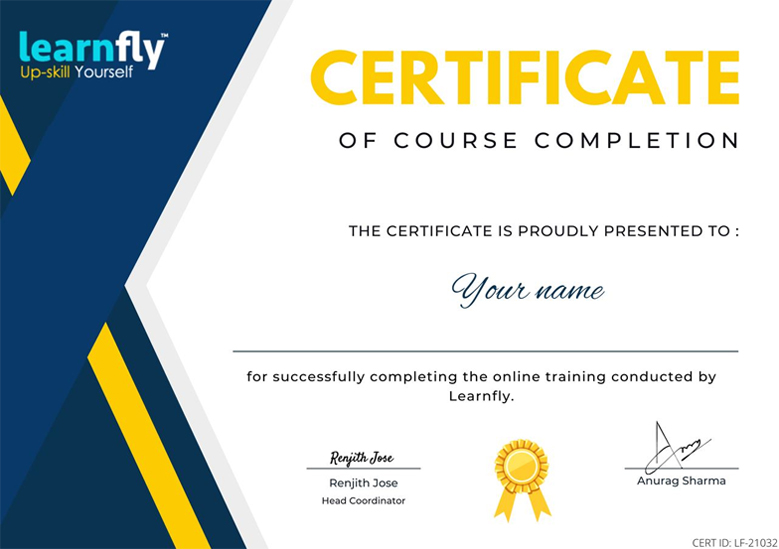
250k+ Students and growing.
Listen what they say about Learnfly Courses

I enrolled in ECIH course from Learnfly. This platform enabled me to learn difficult concepts with ease and that too at my own pace. I completed the course in a comfortable environment and would surely recommend Learnfly for this IT course that is well in demand.
Helen Thorogood,
- Student -

I enrolled in Machine Learning course from Learnfly. It was a good learning experience and I learnt the concepts well through the video lectures. The videos were well designed and helped me follow a step-by-step approach to complete my course. I recommend Learnfly for this course.
Elanie Mitchell,
- Student -

I was thrilled to pursue Artificial Intelligence course. It is in high demand. I started searching for a good online platform and luckily found Learnfly. I was initially skeptical about it but later found that it was good. My course was completed in a hassle-free manner. Kudos to Learnfly!
Ailsa Thomas,
- Student -

I pursued CEH from Learnfly. I easily understood the stuff as it was imparted in a fresh manner through well-structured video lectures. All the topics were covered in the videos and I could access them as per my requirements at different points of time. I recommend Learnfly platform to save both your time and money.
Pulkit Reddy,
- Student -

There is high demand for Artificial Intelligence course in the job market these days. I chose Learnfly to pursue this course. The video lectures were designed in a learner-friendly way and it was really convenient for me to understand the concepts well in a short span of time invested.
Raghavendran Burman,
- Student -

Machine Learning is a course that is in demand these days. I was not interested to pursue it through classroom lecture mode. I searched for few platforms offering this course online but finally opted for Learnfly. It trained me for the technology and I am now able to gain a better position in my company after learning at my own and attaining the certificate.

 Tech & IT
Tech & IT
 Business
Business
 Coding & Developer
Coding & Developer
 Finance & Accounting
Finance & Accounting
 Academics
Academics
 Office Applications
Office Applications
 Art & Design
Art & Design
 Marketing
Marketing
 Health & Wellness
Health & Wellness
 Sounds & Music
Sounds & Music
 Lifestyle
Lifestyle
 Photography
Photography













